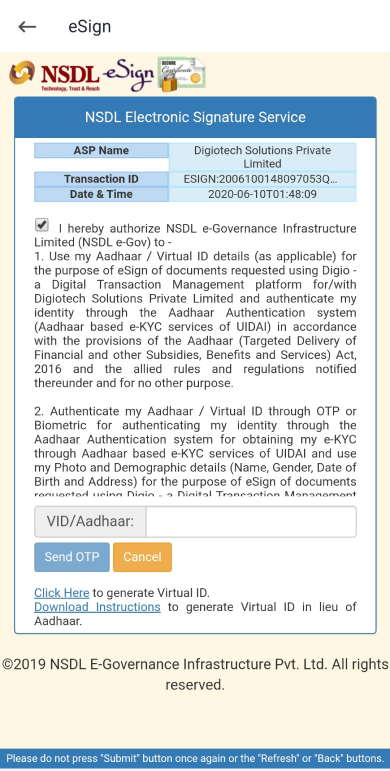Gone are the days of endless paperwork and delayed onboarding. With MaxWealth, mutual fund investors can now complete their entire onboarding journey — from KYC to bank validation — in a jiffy.
Let’s explore how this new digital process is transforming investor experience and making life easier for distributors.

Why Every Minute Matters in Investor Onboarding
With MaxWealth, digital onboarding isn’t just fast — it’s designed to create momentum from the very first interaction.
- Strong First Impressions
A seamless onboarding experience establishes trust and confidence right from the start. - Reduced Drop-Offs
Minimizing manual steps and delays significantly lowers the risk of losing prospective investors mid-process. - Higher Client Engagement
Fast onboarding leads to faster activation, encouraging clients to explore the platform, initiate SIPs, and stay invested.
PAN Verification
Instantly verify the investor’s PAN details via real-time integration with central databases
Nominee Details
Add and validate nominee information upfront, with multiple nominee support.
E-Signature
A separate Aadhaar-based eSign ensures compliance completion, with auto-prompt in the flow
Personal Details
User-friendly form collects all necessary personal data with validation to avoid errors.
Digital Signature
Aadhaar-based OTP eSign ensures secure and paperless document authentication.
Risk Profiling
Investors complete a short questionnaire to assess their risk appetite — mapped directly to product suitability.
Bank Account Details
Quick entry of bank details, to confirm ownership.
Address and ID Verification
For users not already KYC-compliant, MaxWealth prompts upload of Aadhaar, passport, or other valid documents.







